Celebrating Japan: an exhibition of architectonic models at La Triennale di Milano
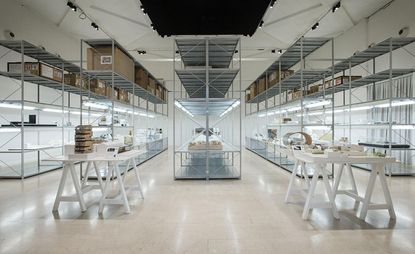
Delve into the minds of 41 great Japanese architects at 'Archi Depot Tokyo' – an exhibition showcasing a range of architectonic concept models at La Triennale di Milano.
The installation explores the thought processes of a number of lauded designers, revealing the way in which they attempt to create architectural masterpieces. The show – which features the work of Shigeru Ban, Milan-based Setsu and Shinobu Ito, Arata Isozaki, Riken Yamamoto and many more – is organised by the new Japanese design company Archi Depot Foundation, which was itself founded this year by the 'culture curation site' Terrada Warehouse and Tokyo Design Centre.
Viewers are afforded an insight into the breadth of skills, past and present, inherent in Japanese architecture through the models on show; from the whimsical, tangled work of Akihisa Hirata and the intricate craft of Hiroshi Naito’s sculptural gymnasium (designed for Shizuoka Prefecture's Kusanagi Sports Complex), to more conventional structures – such as Arata Isozaki's Allianz tower – and disaster relief projects in the form of Ban's Nepal project.
The exhibition also features talks from both Yamamoto and Ban, and installation design by Setsu and Ito. Through the show, the foundation aims to highlight Japan’s presence at the Milan Expo and ‘stimulate understanding in the relationship between architecture and the urban or natural environments’.
Following the close of the show on 19 July, Archi Depot Foundation is eventually planning to open a museum in Tokyo to house all of the influential models and archives, further helping to celebrate Japanese design and creation.

The installation explores the thought processes of a number of lauded designers, revealing the way in which they attempt to create architectural masterpieces
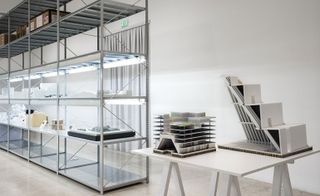
Viewers are afforded an insight into the breadth of skills, past and present, inherent in Japanese architecture through the models on show
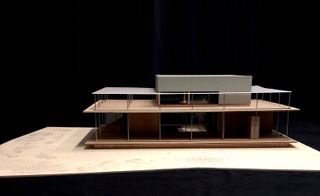
House in Tsujido

Asakusa Culture and Tourist Information Center

The Circle at Zurich Airport
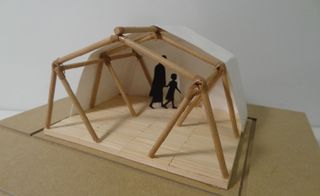
Nepal Project

Global Cave
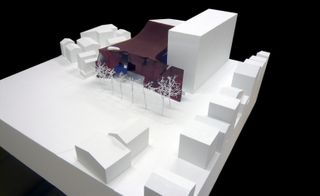
Funabashi Town Art Museum
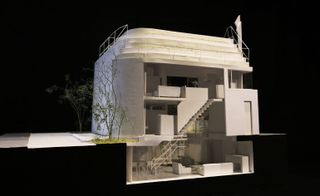
Iron House
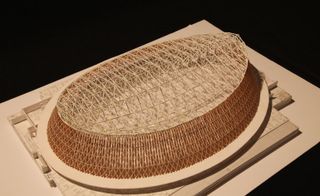
Kusanagi Sports Complex Gymnasium
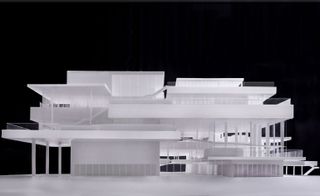
Sukagawa Civic Centre
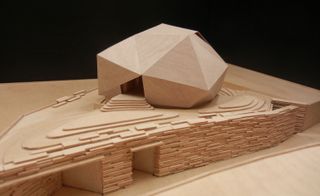
Hironaka House

Shell House

Villa A


Double circular rings in Todoroki
ADDRESS
La Triennale di Milano
Viale Emilio Alemagna
6, 20121 Milan
TELEPHONE
39. 02 724 341
Wallpaper* Newsletter
Receive our daily digest of inspiration, escapism and design stories from around the world direct to your inbox
Sujata Burman is a writer and editor based in London, specialising in design and culture. She was Digital Design Editor at Wallpaper* before moving to her current role of Head of Content at London Design Festival and London Design Biennale where she is expanding the content offering of the showcases. Over the past decade, Sujata has written for global design and culture publications, and has been a speaker, moderator and judge for institutions and brands including RIBA, D&AD, Design Museum and Design Miami/. In 2019, she co-authored her first book, An Opinionated Guide to London Architecture, published by Hoxton Mini Press, which was driven by her aim to make the fields of design and architecture accessible to wider audiences.
-
 Morgan take their classic roadster and give it subtle but significant tweaks for 2024
Morgan take their classic roadster and give it subtle but significant tweaks for 2024New details and features give the compulsive Morgan Plus Four an even more pared back silhouette and driving ability
By Jonathan Bell Published
-
 Wallpaper* Class of '24 exhibition now open at Triennale Milano
Wallpaper* Class of '24 exhibition now open at Triennale MilanoWallpaper* Class of '24 exhibition at Triennale spotlights international emerging talent in furniture and product design, with the support of AHEC and SNOW (until 21 April 2024)
By Rosa Bertoli Published
-
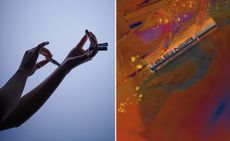 Bleu Nour is a new perfume brand bottling the sexy scent of cannabis
Bleu Nour is a new perfume brand bottling the sexy scent of cannabisBleu Nour is shaking things up in the London world of perfumery with Canna Crush, a new cannabis-based fragrance
By Mary Cleary Published
-
 Giovanni Michelucci’s dramatic concrete church in the Italian Dolomites
Giovanni Michelucci’s dramatic concrete church in the Italian DolomitesGiovanni Michelucci’s concrete Church of Santa Maria Immacolata in the Italian Dolomites is a reverently uplifting memorial to the victims of a local disaster
By Jonathan Glancey Published
-
 Milan’s 10 Corso Como revamp nods to the concept store’s industrial character
Milan’s 10 Corso Como revamp nods to the concept store’s industrial characterMilanese concept store 10 Corso Como unveils its new look by 2050+, a stripped-back design that nods to its 20th-century character
By Ellie Stathaki Published
-
 Carlo Ratti announced curator of Venice Architecture Biennale 2025
Carlo Ratti announced curator of Venice Architecture Biennale 2025Carlo Ratti has been revealed as the Director of the Architecture Department at the Venice Architecture Biennale 2025, with the specific task of curating the 19th International Architecture Exhibition
By Ellie Stathaki Published
-
 Floating infinity pool by Herzog & De Meuron at Lake Como is largest of its kind
Floating infinity pool by Herzog & De Meuron at Lake Como is largest of its kindHerzog & de Meuron creates the largest floating infinity pool in the world for Mandarin Oriental in Lake Como
By Lauren Ho Published
-
 Freddy Mamani on Neo-Andean architecture and bringing a cruise ship to Bolivia
Freddy Mamani on Neo-Andean architecture and bringing a cruise ship to BoliviaWe catch up with Bolivian architect Freddy Mamani at Focus: Radical Repair, the conference curated by The World Around and Fondation Cartier in Milan, to talk about Neo-Andean architecture and his latest project, el Crucero de los Andes
By Laura May Todd Published
-
 Best of brutalist Italian architecture chronicled in new book
Best of brutalist Italian architecture chronicled in new bookBrutalist Italian architecture enthusiasts and concrete completists will be spoilt for choice by Roberto Conte and Stefano Perego’s pictorial tour
By Jonathan Bell Published
-
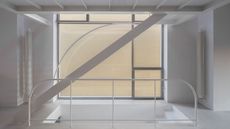 Studio Tropicana, Switzerland and Italy: Wallpaper* Architects’ Directory 2023
Studio Tropicana, Switzerland and Italy: Wallpaper* Architects’ Directory 2023Based in Switzerland and Italy, Studio Tropicana is part of the Wallpaper* Architects’ Directory 2023, our annual round-up of exciting emerging architecture studios
By Ellie Stathaki Published
-
 WeWork Meravigli blends past and present in a 21st-century office space
WeWork Meravigli blends past and present in a 21st-century office spaceWeWork Meravigli launches in Milan, bringing its ornate, historical new home to the 21st century
By Ellie Stathaki Published